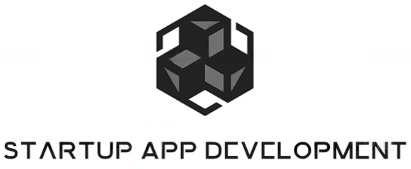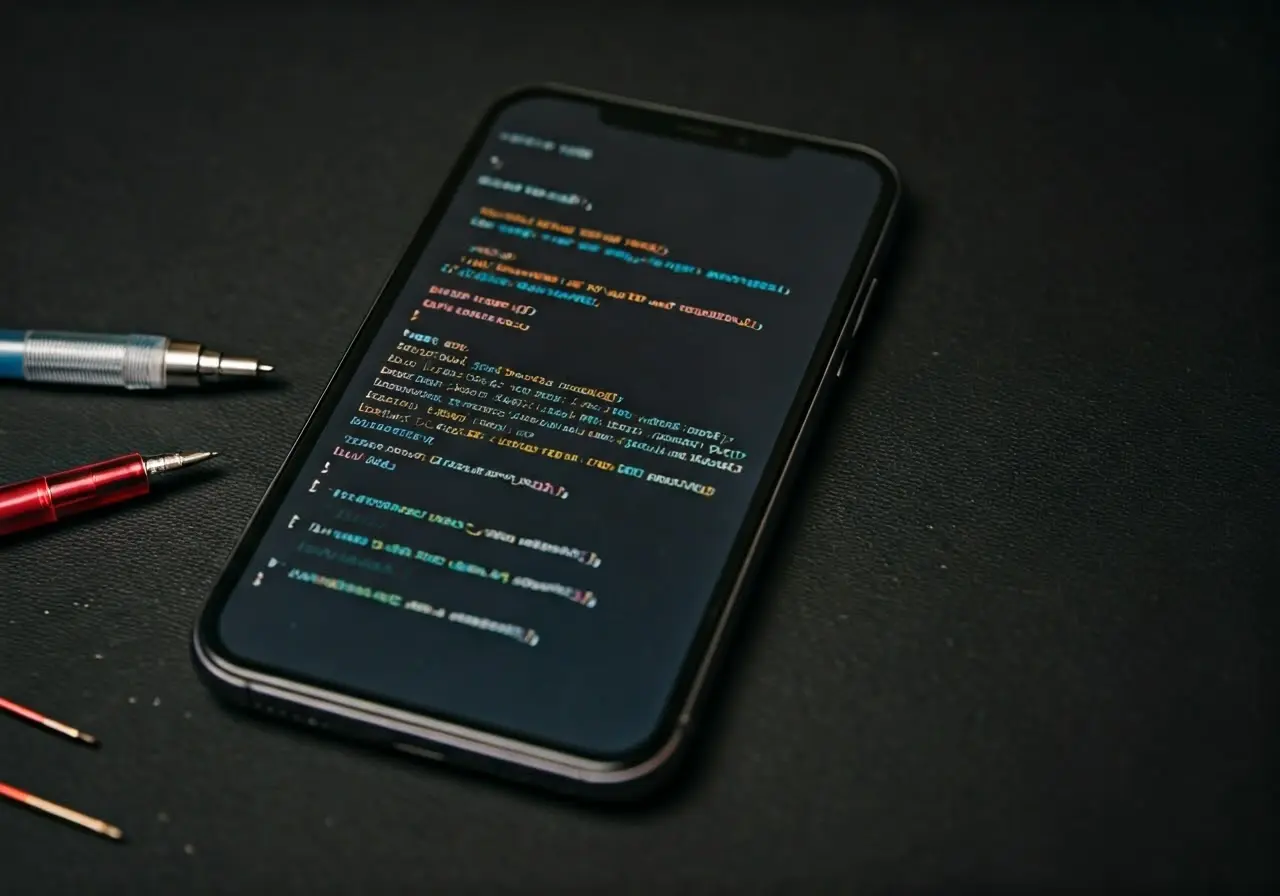In the world of mobile app development, ensuring that your app functions flawlessly from the start is crucial. Initial testing plays a pivotal role in catching potential issues early, enhancing user experience, and setting your app up for success. Let’s dive into the importance of initial testing and how it fits into the development process.
Understanding Initial Testing in App Development
Initial testing refers to the process of examining an app in its early development stages to identify and resolve issues before they grow into major problems. This stage ensures that the app’s basic functionalities are working correctly and sets the foundation for more advanced testing procedures. By incorporating initial testing early, developers can validate their concepts and ensure alignment with user needs and expectations. This proactive approach identifies possible design flaws or technical challenges when the cost of remediation is lower, solidifying a path to a smoother launch.
The significance of initial testing lies in its ability to screen initial designs and functionalities under various circumstances, essentially mapping out the user journey. These tests involve an assessment of the app’s functionality, usability, and its technical architecture, ensuring that the foundational elements meet defined criteria. Thus, quality assurance teams can intercept potentially disruptive issues—such as navigation problems or functional impediments—that could jeopardize user satisfaction. By focusing on these critical early steps, developers can ensure a seamless transition to the subsequent phases of testing.
Key Components of Initial Testing
The initial testing phase typically includes unit testing, integration testing, and system testing. These components help developers verify that individual parts of the app work on their own, interact as expected, and function as a complete system. Unit testing focuses on individual components or codes, ensuring each segment performs as intended, while integration testing inspects how these components interact together without bugs. System testing encompasses a holistic view, verifying app functionality as a whole before moving to user acceptance testing. This structured testing process is essential for rooting out defects early, aligning closely with the projected user experience, and ensuring the app’s overall stability.
Moreover, initial testing often employs automated testing scripts to expedite this process, ensuring repetitive tasks are managed consistently without human error, thus saving valuable development time. Automation in testing is not only cost-effective but also enhances reliability by executing detailed test processes that manual testing might overlook. Coupling manual exploratory testing with automation ensures that the nuanced, subjective elements of the app’s user interface receive sufficient scrutiny, delivering rich insights that can be fed back into the development cycle. Automated testing further complements this by verifying that changes are implemented successfully across the app’s codebase, enhancing both speed and efficiency for continuous improvement.
In addition to technical assessments, initial testing should also incorporate usability tests to observe how real users might interact with the app. This feedback is instrumental in identifying usability obstacles—such as unclear navigation or slow load times—that may frustrate users. The inclusion of feedback loops during these tests is invaluable, providing data-driven direction to refine user interfaces and enhance overall user satisfaction. Emphasizing user-centered testing helps align the app with end-user expectations, setting the stage for a future-focused development strategy that anticipates new trends and user demands.
The Impact of Early Bug Detection
By detecting bugs early in the development process, initial testing can save significant time and resources. Fixing issues later can be costly and may delay the app’s launch, making early detection a vital practice for efficient development. Early bug detection acts as a safeguard, capturing anomalies that can escalate into widespread issues if left unaddressed. With each bug that is corrected at this stage, developers not only avoid the complexities of backtracking during advanced development but also streamline the path toward a timely and bug-free app release.
The financial implications of correcting late-stage bugs are considerable, often requiring extensive rework that taps into the developers’ time and project budget. These hidden costs are minimized through robust initial testing practices that strategically identify and rectify defects sooner. Notably, these early efforts afford greater leeway for developers to focus creatively on new features and performance enhancements, rather than being mired in patching errors that could have been avoided. By embracing early bug detection, developers adopt a forward-thinking approach that not only conserves resources but enhances the overall quality and completeness of the product.
From a customer perspective, early detection of bugs translates into a more reliable and predictable app, fostering trust and encouraging positive app reviews and recommendations. The initial testing phase is pivotal in ensuring that high-quality software reaches the end-user, positioning the app as a leader in innovation and reliability from the very start. By minimizing disruptions in the user journey, developers cultivate both user satisfaction and brand loyalty, ultimately fostering an adoption rate that supports long-term app success and stability.
Improving User Experience Through Initial Testing
An app that performs well from the outset greatly enhances the user experience. Initial testing helps ensure smooth functionality, thereby increasing user satisfaction and reducing the likelihood of negative reviews or high uninstall rates. By focusing on user experience early, developers are better equipped to deliver apps that are not only functional but also enjoyable and intuitive for users, addressing potential roadblocks in action flow or design perceptions that could hinder engagement.
A seamless user experience is not limited to aesthetic appeal but extends to operational efficiency and responsiveness. During initial testing, usability audits help developers identify interface challenges and optimize feature accessibility, ensuring that users can navigate the app effortlessly. By simulating real-world use cases, developers can foresee user expectations and tailor the app’s design accordingly, leading to greater satisfaction. This attentiveness fosters increased engagement, encouraging users to explore and utilize more features, thereby maximizing the app’s potential and perceived value.
Additionally, initial testing accommodates the diverse array of devices on which users interact with apps, ensuring compatibility and responsiveness across various screen sizes and operating systems. Comprehensive testing scenarios aid in verifying cross-platform functionality, thus broadening the app’s audience and simplifying the transition between different technical environments. This inclusivity enhances the overall user experience by ensuring that all users—regardless of their chosen device—can enjoy a high-standard, consistent app interaction. Consequently, positive experiences drive advocacy and retention, which are instrumental for sustaining growth in competitive digital markets.
Best Practices for Effective Initial Testing
To maximize the benefits of initial testing, developers should adhere to best practices such as maintaining clear documentation, setting up automated tests, and involving testers who can provide objective feedback. Consistent communication within the development team is also crucial. Proper documentation, for instance, ensures all stakeholders have a deep understanding of test objectives, procedures, and expected outcomes, facilitating accuracy and accountability in every testing phase.
Automated testing presents opportunities to streamline the testing process, offering efficiency in repetitive task execution. By incorporating advanced testing tools, developers can automate significant portions of the testing workflow, empowering teams to focus more resources on creative solutions and less on manual checking. This approach not only enhances product quality but ensures that continuous integration practices are effectively supported throughout development.
Involving a diverse group of testers during the initial testing phase supports a more comprehensive assessment by bringing varied perspectives into focus. Testers outside the immediate development team can highlight issues that might be overlooked and provide insights into usability and functionality challenges from a user standpoint. This external feedback is invaluable for refining design elements, driving inclusivity, and better aligning product offerings with end-user realities.
Regular and structured team communication remains another cornerstone of the initial testing process. A well-coordinated development team is equipped to address potential issues promptly and innovate seamlessly. Ensuring that all members are updated on testing results, potential risks, and priorities empowers the team to make informed decisions swiftly, maintaining agility through both creative and technical challenges. Such an environment fosters proactive problem-solving and encourages collaboration, crucial for realizing a successful app outcome.
Emphasizing Initial Testing for Successful App Launches
In sum, initial testing is an invaluable step in mobile app development, helping to create a robust, user-friendly application before launch. By emphasizing early-stage testing, developers can save time, resources, and ultimately deliver an app that meets user expectations.


